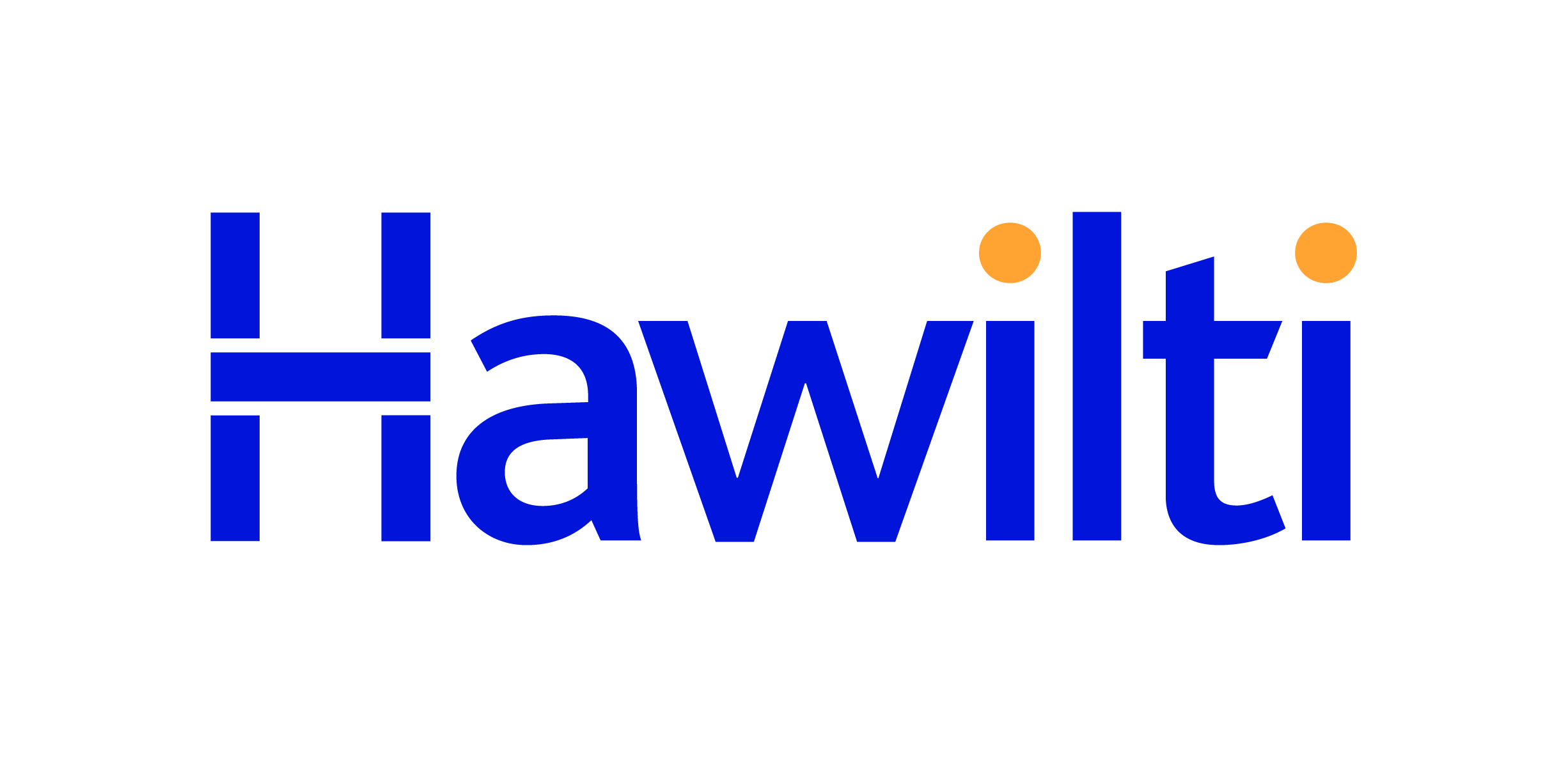Liquefied Natural Gas (LNG)
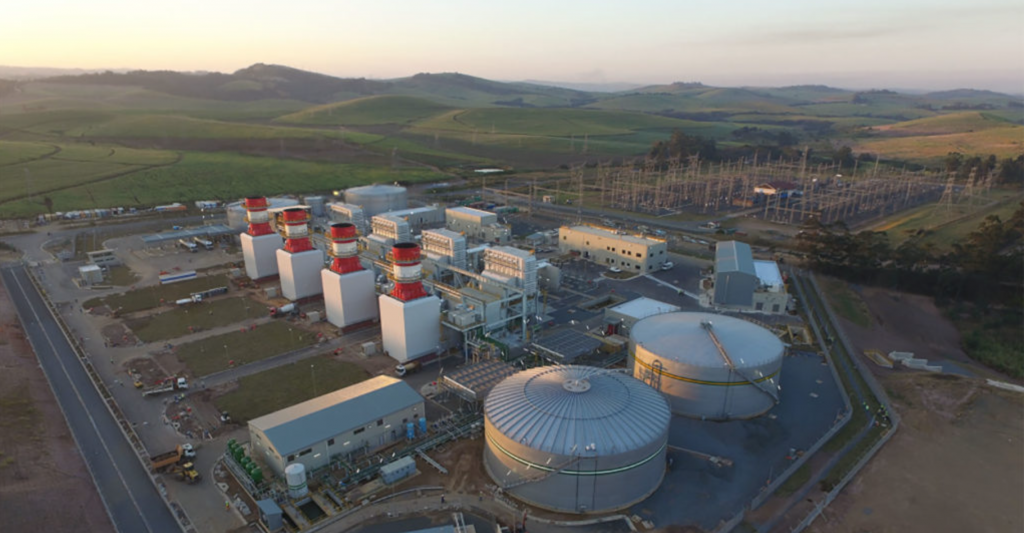
South Africa issues Request for Information on new Coega LNG import hub
South Africa’s state-owned Central Energy Fund (CEF) has issued a request for information (Rfi) for the development of an independently managed midstream LNG hub in Coega, within South Africa’s Eastern Cape Province. The project is developed under a joint-development agreement (JDA) signed between three South African state-owned entities: the CEF, Transnet SOC and the Coega […]
Read more »
Renergen’s shares take off after 600% increase in reserves at South Africa’s Virginia Gas Project
Renergen’s shares have been up +43.14% on the Australian Securities Exchange (ASX) and +31.27% on the Johannesburg Stock Exchange (JSE) since Friday. The most significant jump happened today with an increase of almost +30% on the ASX and +15% on the JSE after the company reported a 600% increase in its 1P helium reserves in […]
Read more »
Gabon exposes clear vision on what to do with its natural gas
Gabon is thought to hold anywhere between 3 to 5 trillion cubic feet (Tcf) of gas, although the country remains a small gas producer. To date, most of its gas has remained on the ground or flared – with only small quantities monetised domestically for power generation in Libreville and Port Gentil. But as Gabon […]
Read more »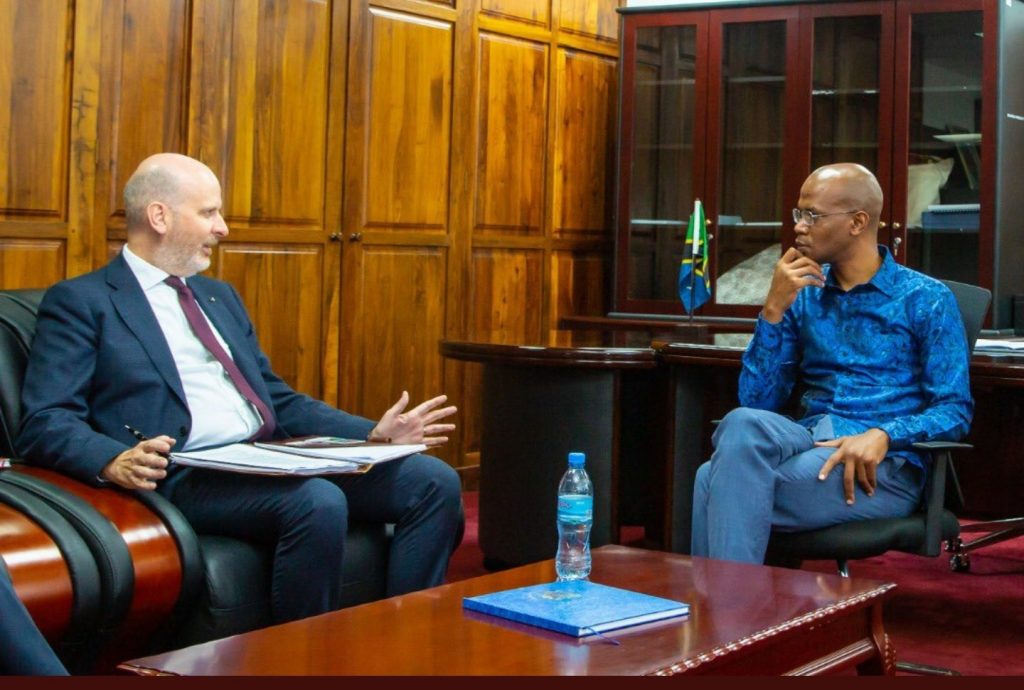
Negotiations on $30 bn Tanzania LNG project to start on November 8
Tanzanian Energy Minister January Makamba has declared that negotiations would officially start on November 8 to get the Tanzania LNG project off the ground. This notably follows a meeting today in Dar es Salaam with Paul McCafferty, Equinor’s Vice President Exploration & Production International – Africa. On October 4th, Tanzanian President Samia Suhulu Hassan and […]
Read more »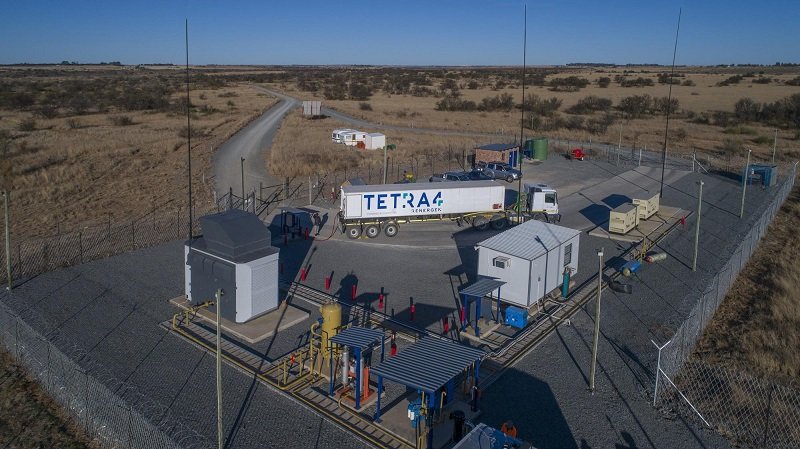
In South Africa, Renergen to become pillar of new global helium spot market
On Monday, natural gas and helium producer Renergen announced the completion of a helium forward sale agreement for 100,000 units over a period of 19 years. Each unit represents a thousand standard cubic feet (mcf) of helium at 99.999% purity and in liquid form and weights 4.7kg (37.5 litres when in liquid form). The units […]
Read more »
Saipem selects Fugro’s InclinoCam® vision technology for GTA FLNG project offshore Senegal and Mauritania
Fugro has been awarded a monitoring contract by Saipem that will see it deploying its InclinoCam® vision technology for the Greater Tortue-Ahmeyim gas project offshore Senegal and Mauritania. The project involves the development of 15 trillion cubic feet (Tcf) of gas discovered on the maritime border between Senegal and Mauritania via a 2.45 million tonnes […]
Read more »
TotalEnergies officially delays opening of Mozambique LNG to 2026
TotalEnergies has delayed the commissioning and first gas at its $20bn Mozambique LNG project from 2024 to 2026 following the declaration of Force Majeure earlier this year. The 12.88 million tonnes per annum (mtpa) onshore terminal reached FID in 2019 and was under-construction when the Islamist insurgency in Cabo Delgado in the north of Mozambique […]
Read more »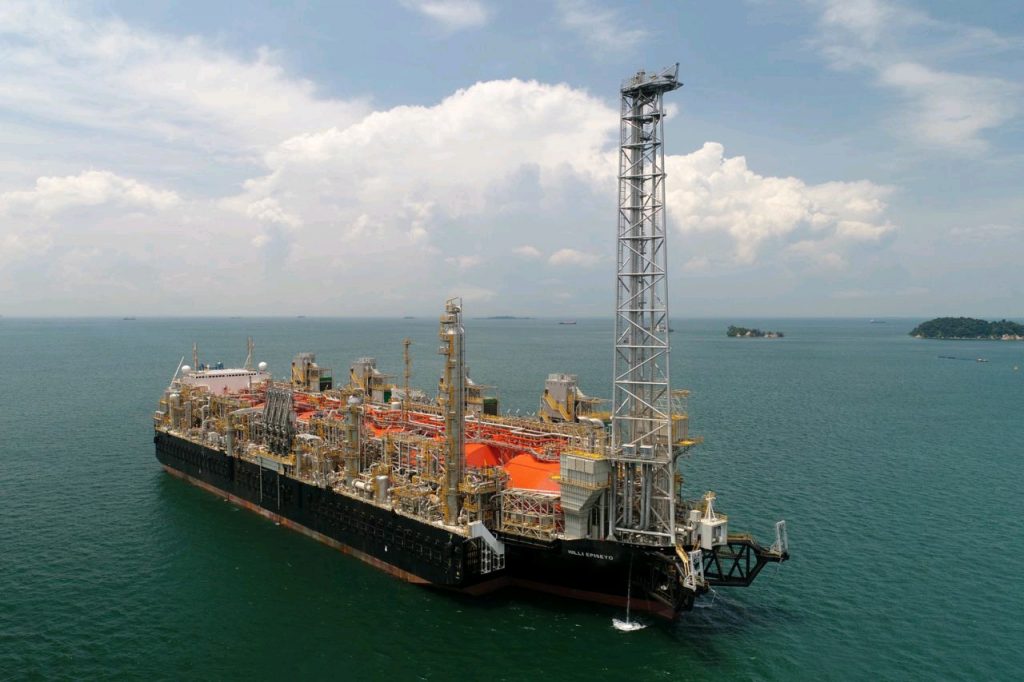
FLNG Hilli Episeyo to increase utilisation by 200,000 tons in 2022
Partners on the 2.4 million tonnes per annum (mtpa) Hilli Episeyo floating LNG export terminal offshore Cameroon have agreed to expand capacity utilization by 200,000 tonnes in 2022 and possibly by another 400,000 tonnes from 2023. The project involves national oil company SNH, independent upstream operator Perenco and global LNG infrastructure operator Golar LNG. The […]
Read more »